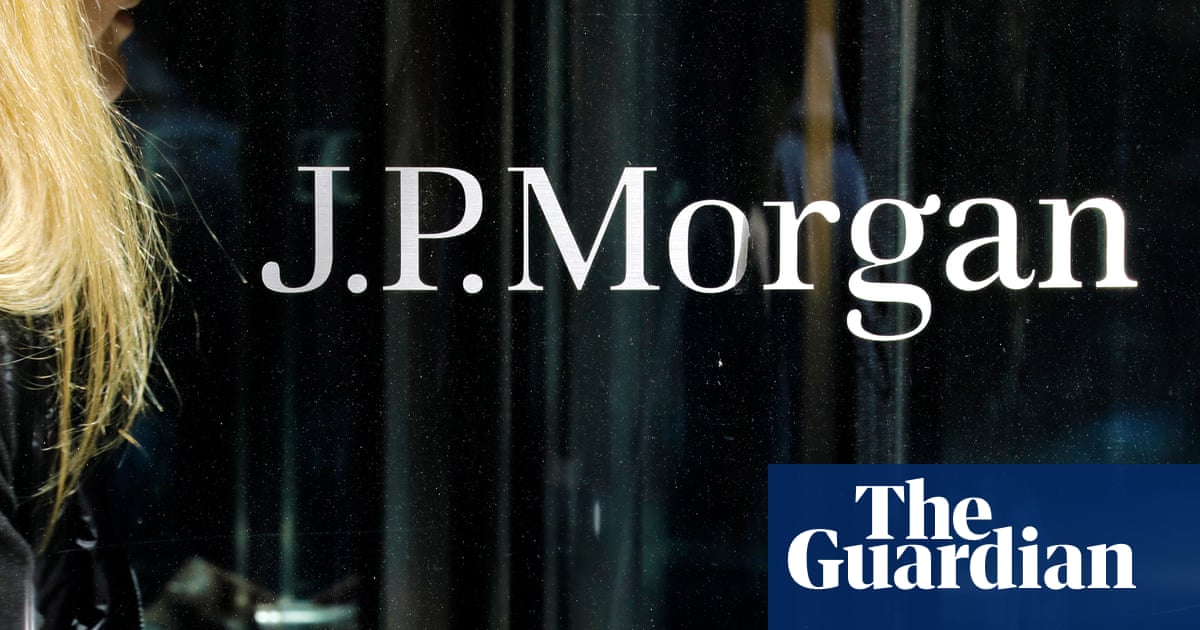JP Morgan Chase has told staff moving into its new headquarters in New York that they must share their biometric data to access the multibillion-dollar building.
The investment bank had previously planned for the registering of biometric data by employees at its new Manhattan skyscraper to be voluntary.
However, employees of the US’s biggest bank who have started work at the headquarters since August have received emails saying that biometric access was “required”, according to communications seen by the Financial Times.
Biometric access requires staff to scan their fingerprints or eye to gain access through security gates in the lobby instead of swiping their ID badges.
The bank’s headquarters, which cost a reported $3bn (£2.25bn) to build, will eventually be a base for 10,000 employees once it is fully occupied later this year.
JP Morgan declined to comment but it is understood that the use of biometric data for access is designed to make the building more secure.
There are exemptions for some employees who will still be able to use a badge for access, according to the FT, although the criteria for who will use more traditional ID access is unclear.
Alongside the introduction of palm and eye scanners, the company has also launched the “Work at JPMC” mobile app, which works as a digital badge and hub for employee services.
The app allows staff to manage guest registration, navigate indoor maps of the building and pre-order meals from the building’s 19 on-site dining vendors.
The implementation of stricter access protocols comes as US corporations, particularly those with significant operations in New York, look to increase security after the shooting of the chief executive of one of the US’s largest health insurers in July.
Brian Thompson, the boss of UnitedHealthcare, was fatally shot not far from JP Morgan’s offices.
It is not known if JP Morgan intends to introduce biometric access for staff at its offices in other major financial centres, such as London.
skip past newsletter promotion
Sign up to Business Today
Get set for the working day – we’ll point you to all the business news and analysis you need every morning
Privacy Notice: Newsletters may contain information about charities, online ads, and content funded by outside parties. If you do not have an account, we will create a guest account for you on theguardian.com to send you this newsletter. You can complete full registration at any time. For more information about how we use your data see our Privacy Policy. We use Google reCaptcha to protect our website and the Google Privacy Policy and Terms of Service apply.
after newsletter promotion
The move comes amid debate over the use of technology to track workers by their employers, including monitoring office attendance levels. Earlier this year all JP Morgan workers on hybrid work schedules were told they must return to the office five days a week.
The bank’s chief executive, Jamie Dimon, has described JP Morgan’s new 60-storey headquarters as a “beautiful physical manifestation” of the company.
Dimon, one of the world’s most powerful bankers, this week warned that the chance of the US stock market crashing was far greater than many financiers believed.
JP Morgan has been contacted for comment.
Quick GuideContact Guardian Business about this storyShow
The best public interest journalism relies on first-hand accounts from people in the know.
If you have something to share on this subject you can contact the Business team confidentially using the following methods.
Secure Messaging in the Guardian app
The Guardian app has a tool to send tips about stories. Messages are end to end encrypted and concealed within the routine activity that every Guardian mobile app performs. This prevents an observer from knowing that you are communicating with us at all, let alone what is being said.
If you don’t already have the Guardian app, download it (iOS/Android) and go to the menu. Scroll down and click on Secure Messaging. When asked who you wish to contact please select the Guardian Business team.
SecureDrop, instant messengers, email, telephone and post
If you can safely use the tor network without being observed or monitored you can send messages and documents to the Guardian via our SecureDrop platform.
Finally, our guide at theguardian.com/tips lists several ways to contact us securely, and discusses the pros and cons of each.
Illustration: Guardian Design / Rich Cousins
Thank you for your feedback.
